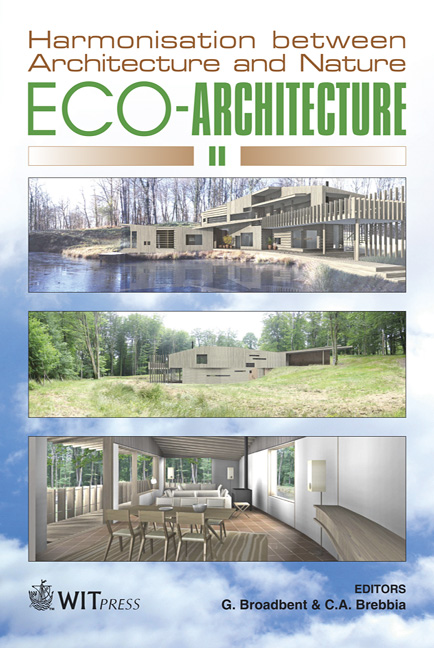The Vernacular Of Tibet, Harnessing Panoramic Sunshine
Price
Free (open access)
Transaction
Volume
113
Pages
10
Page Range
27 - 36
Published
2008
Size
810 kb
Paper DOI
10.2495/ARC080031
Copyright
WIT Press
Author(s)
N. Blossom & L. Blossom
Abstract
This paper reports findings of field research undertaken in collaboration with students and scholars from the Green Architecture Research Center of Xian University of Architecture and Technology. The focus of the project is the potential that exists for exploiting the abundant solar resources of Tibet in the development of modern urban and rural housing types while at the same time honouring the traditional Tibetan house form. Pioneer work at the GARC in the Zao Yuan Village of China resulted in an adaptation of the regional vernacular that represents modernization at the same time honouring the yaodong (cavelike) house form of the region. Outcomes from this project demonstrate the success of design strategies that increase solar heat collection and promote circulation of heat throughout the dwelling space. What we see as missing from the first studies (particularly in the context of Tibet) is consideration of the impact these types of intervention may have on the use of interior space. Do these interventions alter the original ambiance and day light levels of the traditional single cavernous vaulted interior? For example, the quality of life as affected by daylight levels within the spaces and on traditional routines and objects of daily living, the material culture as it has been passed down from generation to generation. Through daylight level analysis, both qualitative and quantitative, we provide insight to the way daylight levels affect current interior living conditions in Tibet. The findings suggest that further study is merited to mitigate the impact of modern sustainable interventions. Keywords: interior, daylight, culture, vernacular, solar intervention.
Keywords
interior, daylight, culture, vernacular, solar intervention.





